Description
For Stretching and Mobility
Small foam wedges are most commonly used to target the muscles of the lower leg.
Calf Stretches (Plantar Fasciitis/Achilles Tendonitis): The patient stands on the wedge with their toes pointing up and heels down the incline. This position provides a controlled, deep stretch for the calves (gastrocnemius and soleus) and the Achilles tendon, which is crucial for conditions like plantar fasciitis and tight hamstrings.
Hamstring/Hip Flexor Stretching: The wedge can be placed under the knee or pelvis during certain floor stretches to slightly change the joint angle, allowing for a more effective or comfortable stretch.
🧘 For Positioning and Alignment
Wedges are essential for modifying a patient’s position during exercise or rest to ensure proper biomechanics.
Squat and Lunge Modification: Placing the heels on the incline of the wedge during squats and lunges helps patients who lack ankle mobility (dorsiflexion). This allows them to keep their torso more upright and perform the exercise with better form, focusing the effort on the quadriceps.
Seated Posture: A small, firm wedge placed on a chair can create an anterior (forward) tilt of the pelvis, encouraging the patient to sit up straighter and engaging the core muscles.
Joint Elevation: Used under an arm or leg to elevate an injured limb to help reduce swelling (edema) and manage pain.
🤸 For Stability and Core Control
In neurological or pediatric physical therapy, wedges are used to build strength and motor skills.
Weight Bearing: A child might be positioned over a wedge on their stomach (prone position) to encourage weight-bearing through the hands and arms, which develops upper extremity strength and stability.
Balance Training: Standing or kneeling on a softer foam wedge challenges balance and proprioception (the sense of where your body is in space), helping to rebuild stability after an injury.
Core Work: Exercises like planks or push-ups can be modified by placing hands or feet on the wedge to increase the difficulty and focus on core stability.
Are you interested in information regarding the use of a small foam wedge for:
A specific body part (e.g., foot, knee, back)?
A common condition (e.g., tight calves, balance issues)?
Recommendations for finding a good physiotherapy wedge?


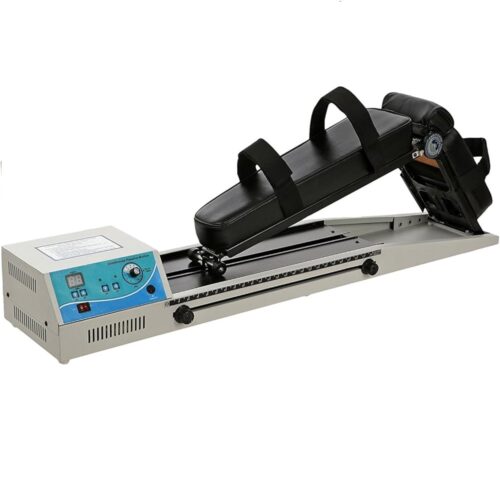
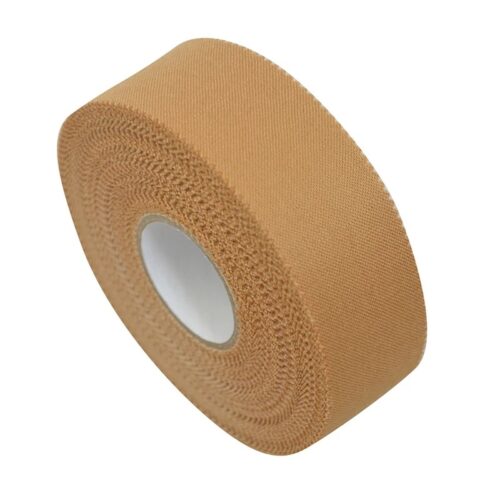

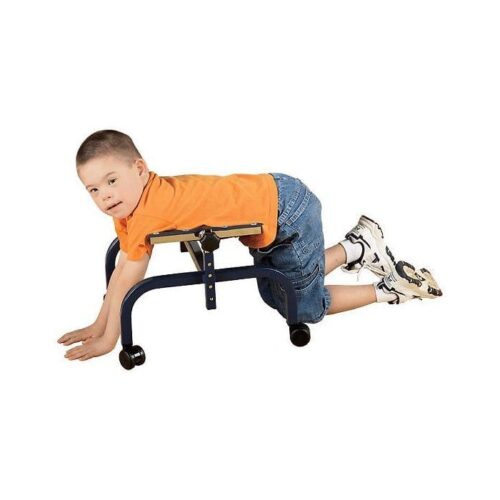
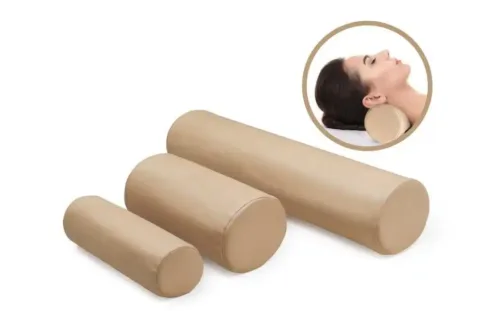
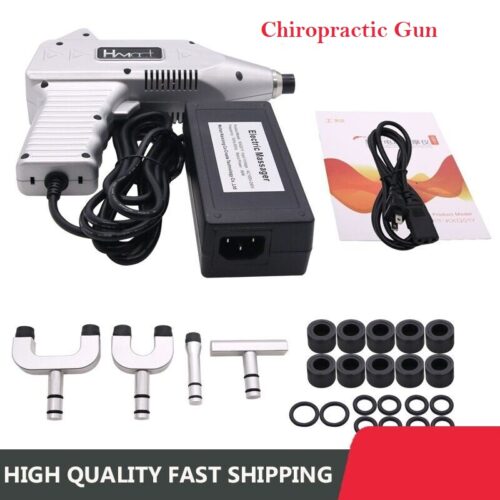
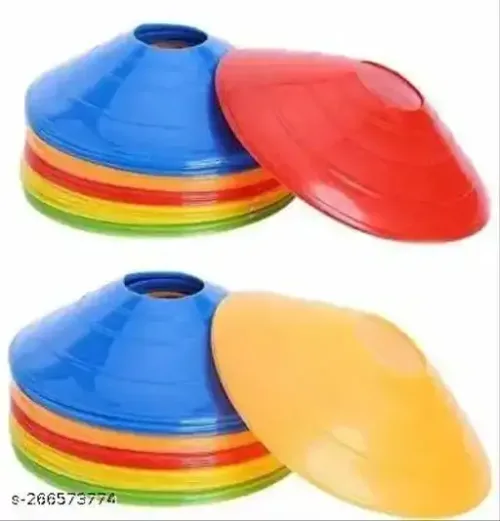
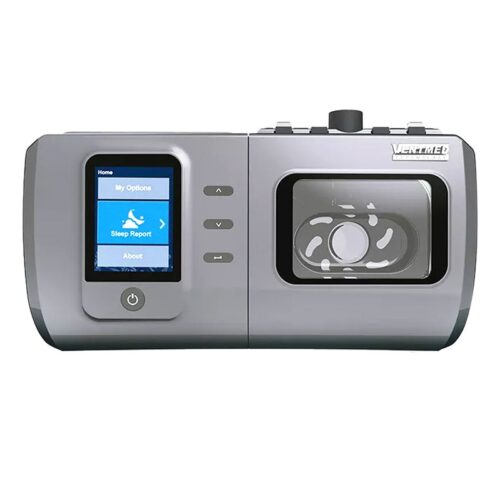

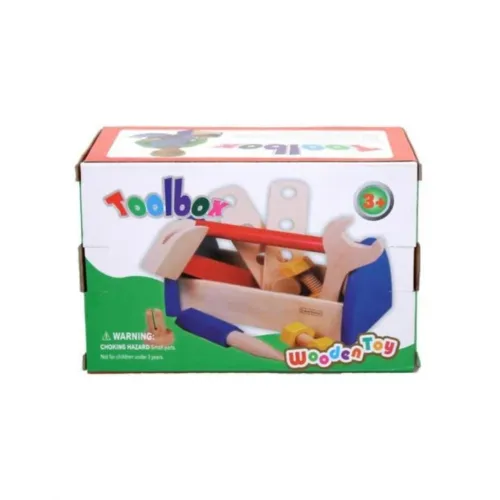

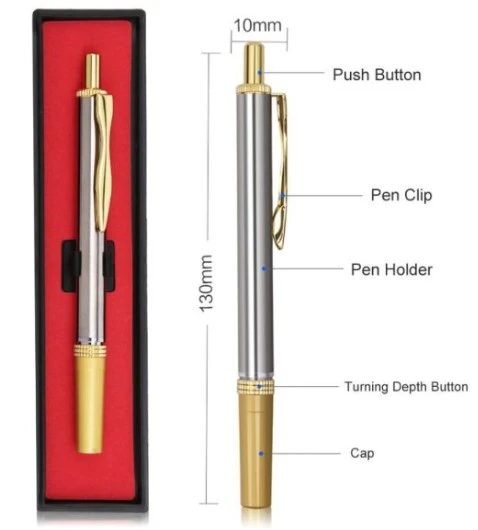
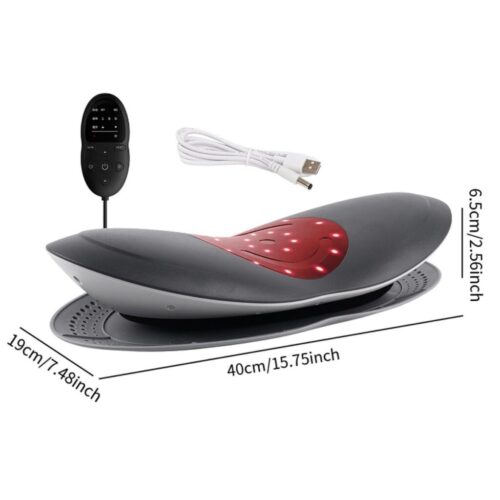

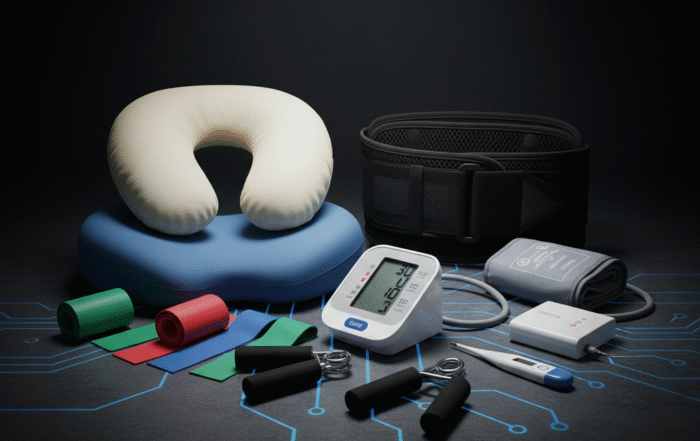
Reviews
There are no reviews yet.